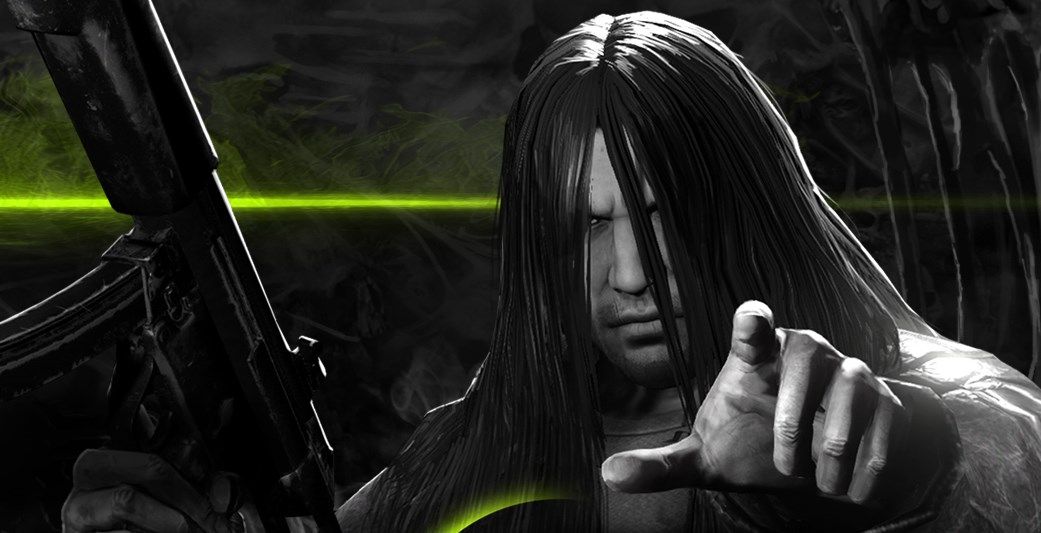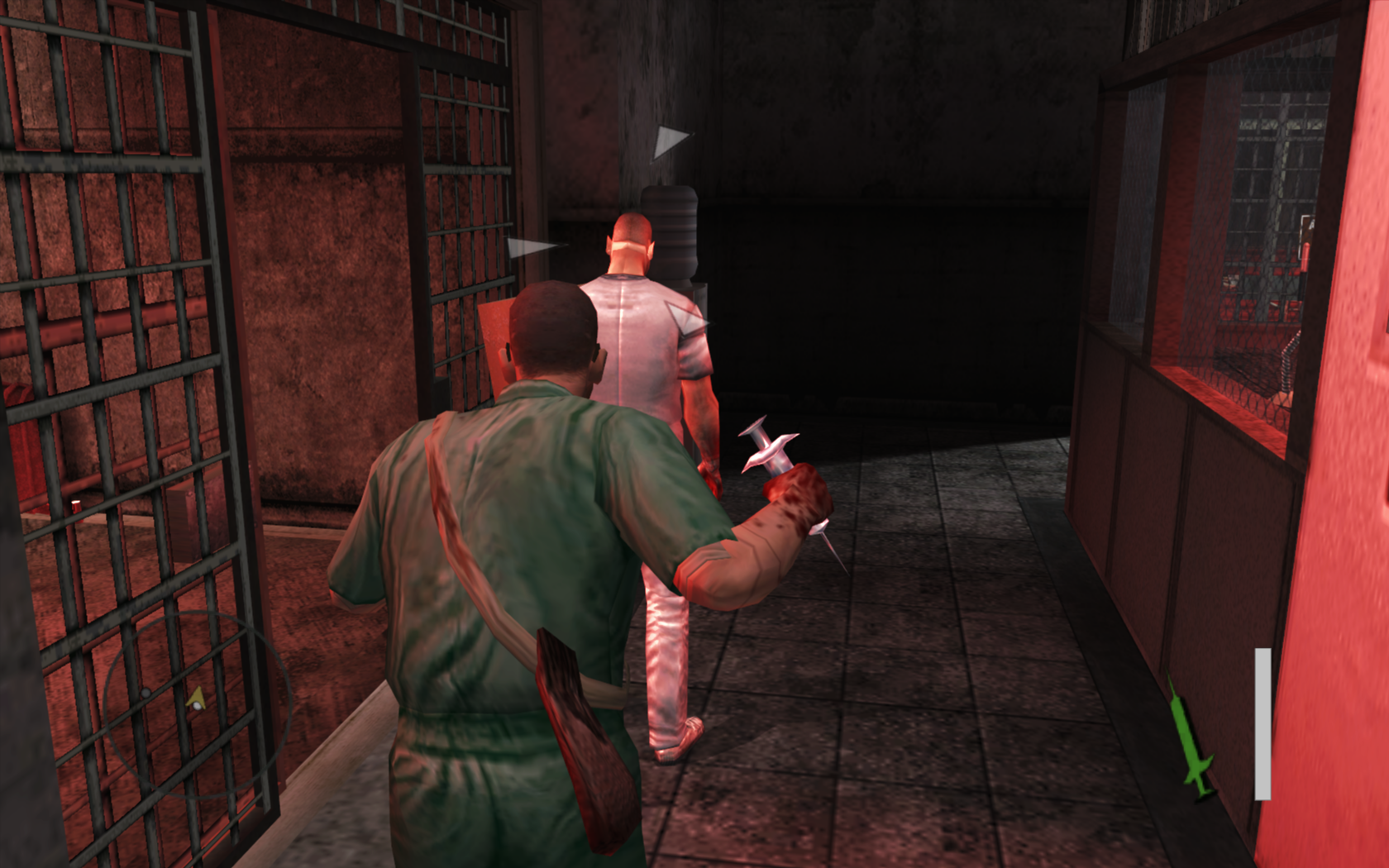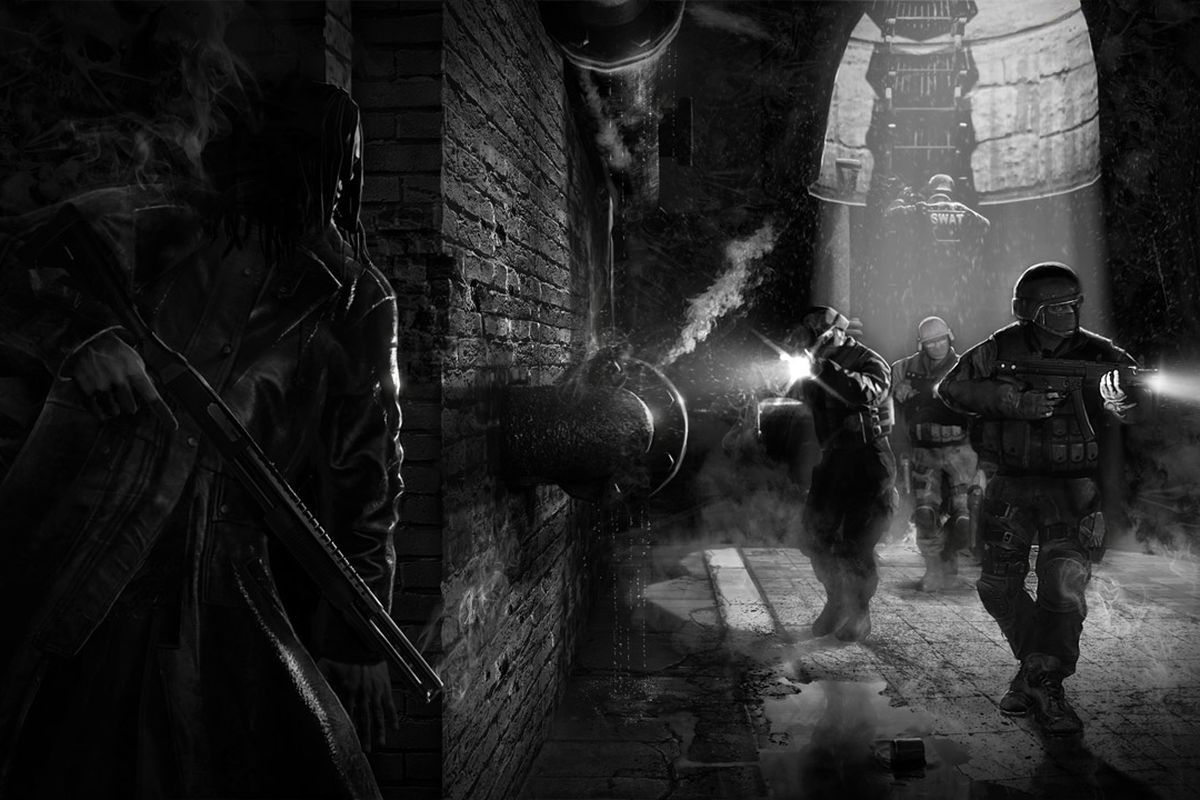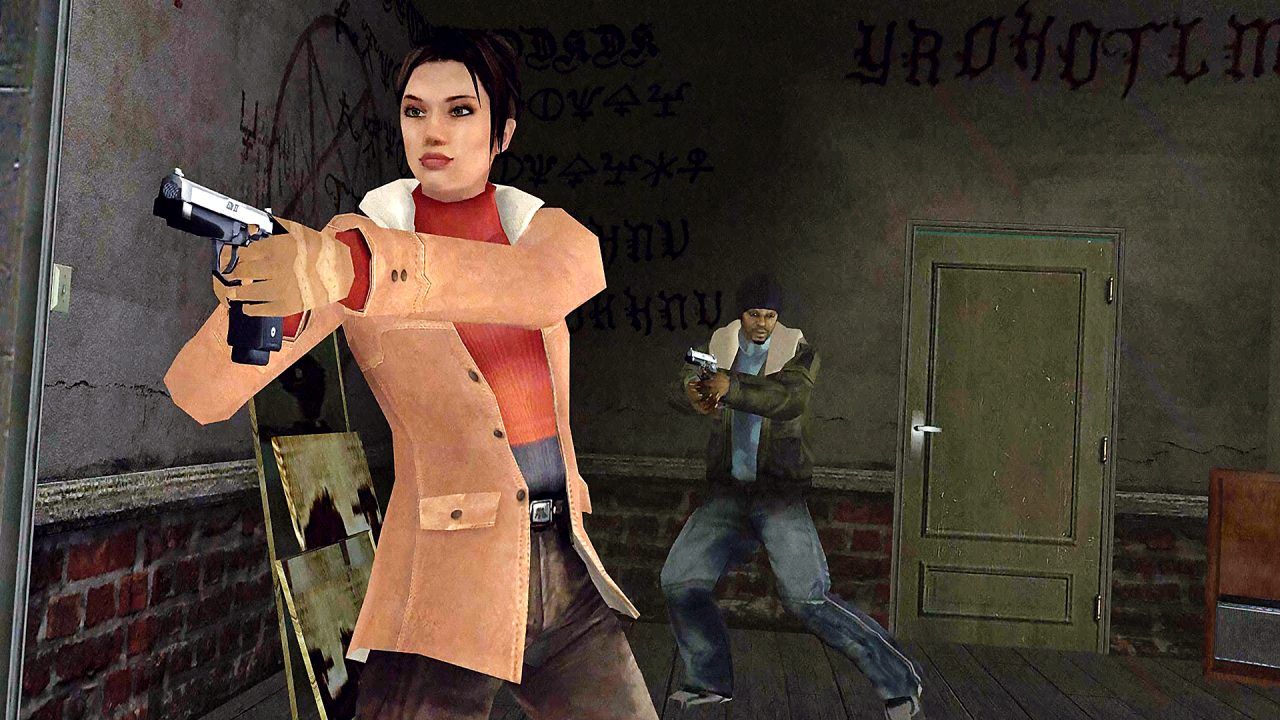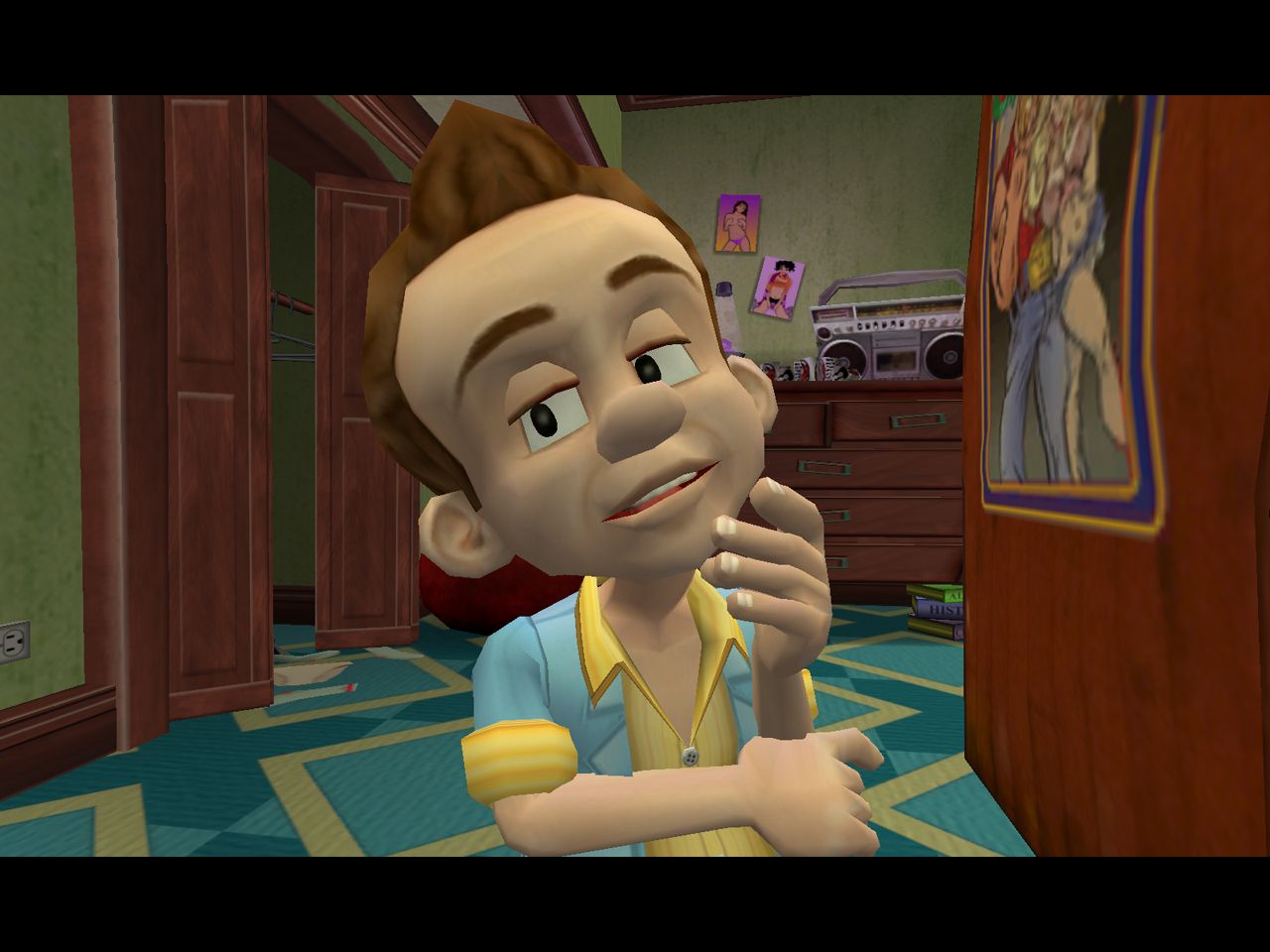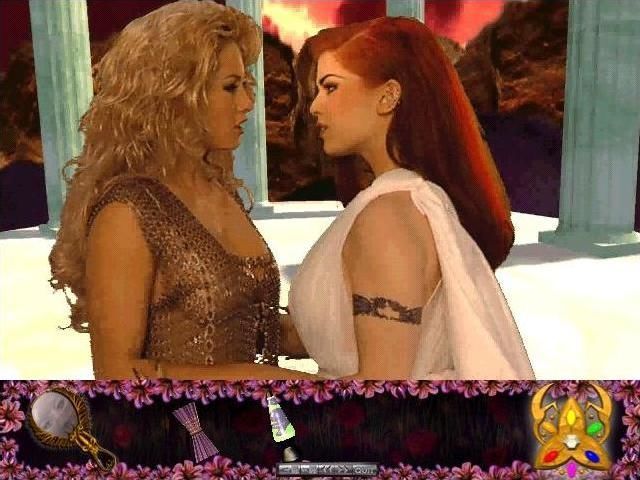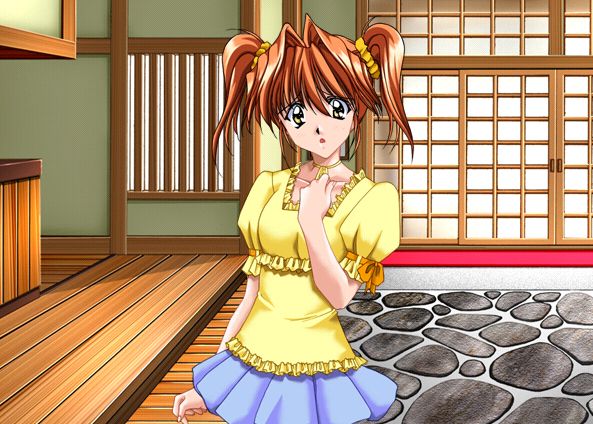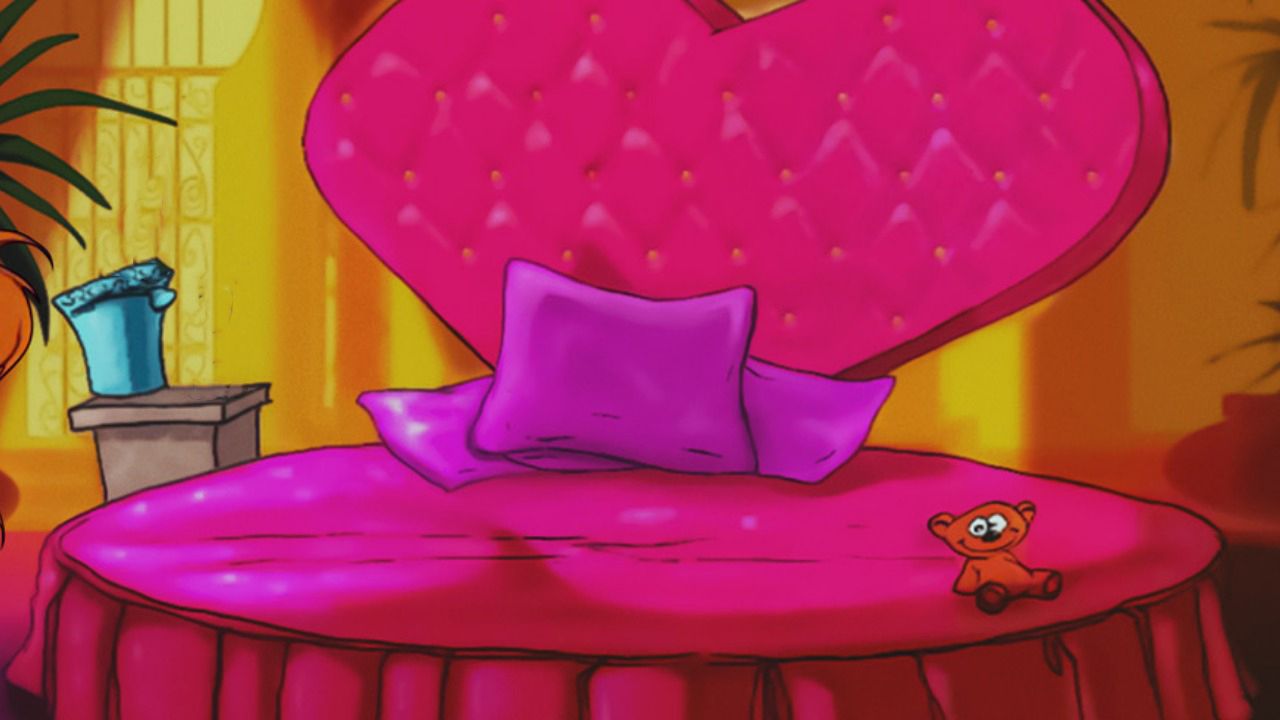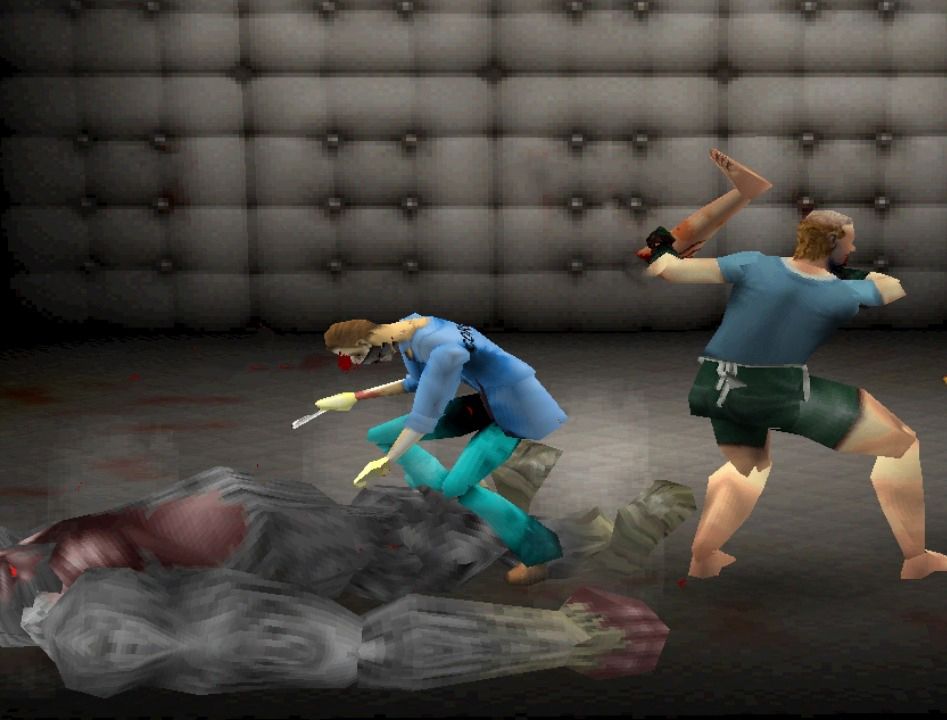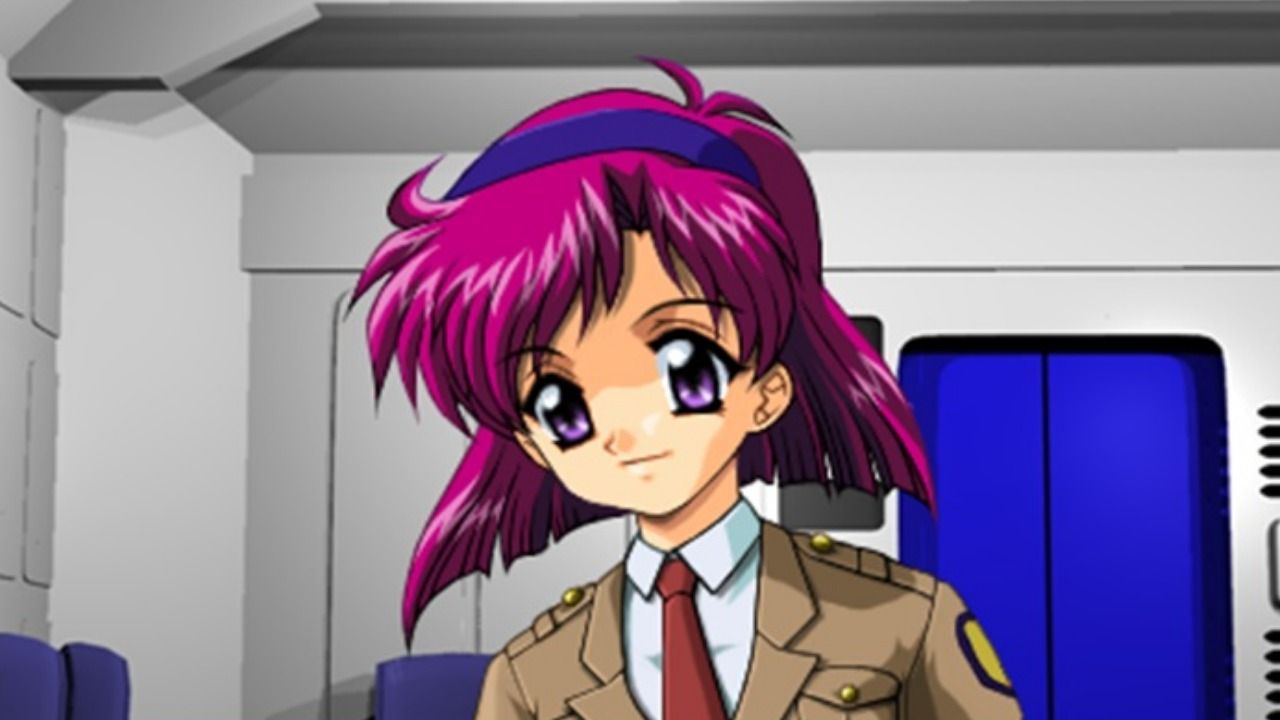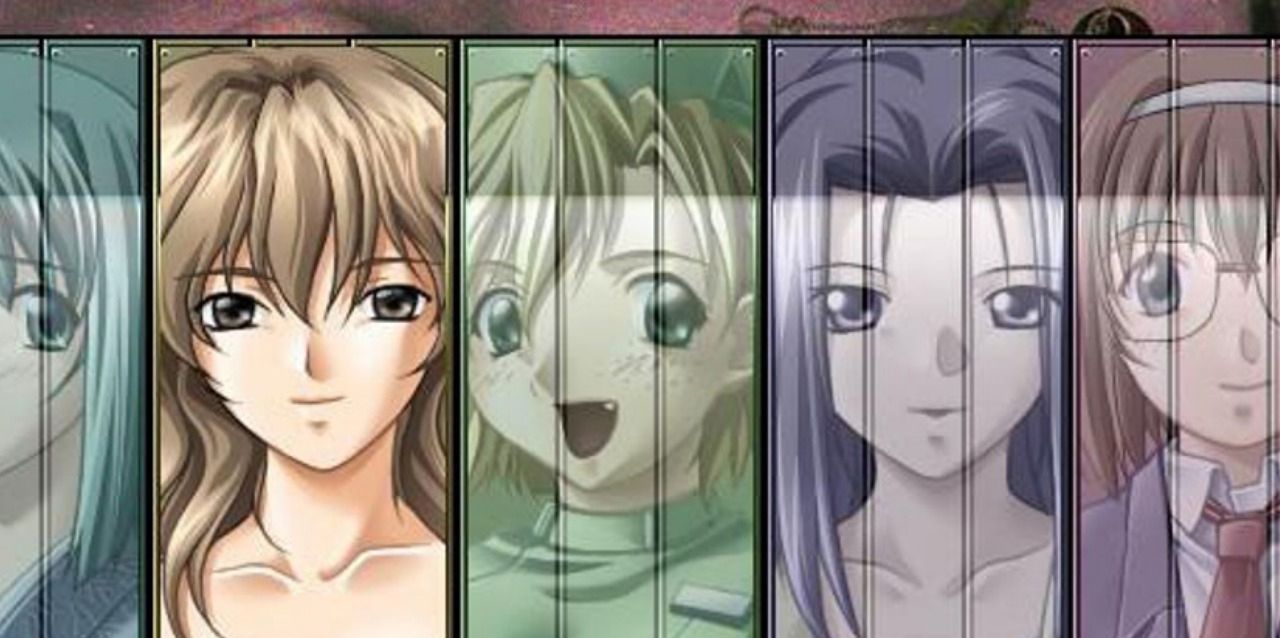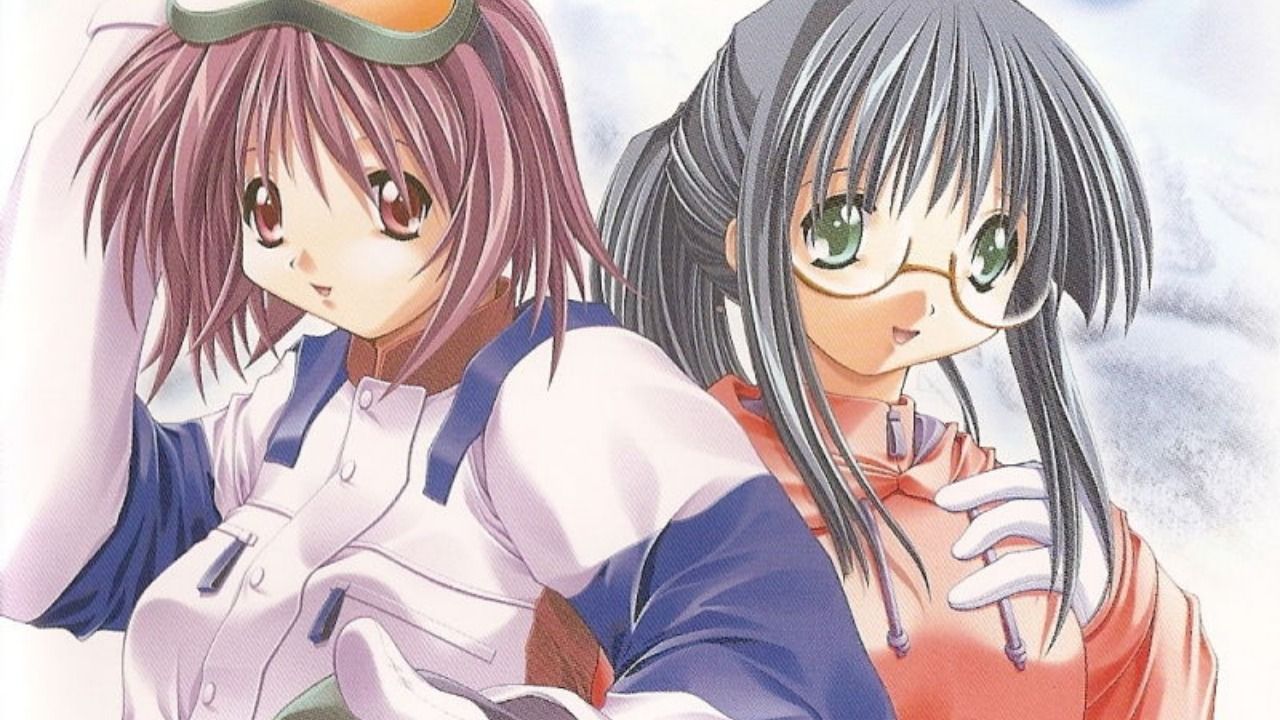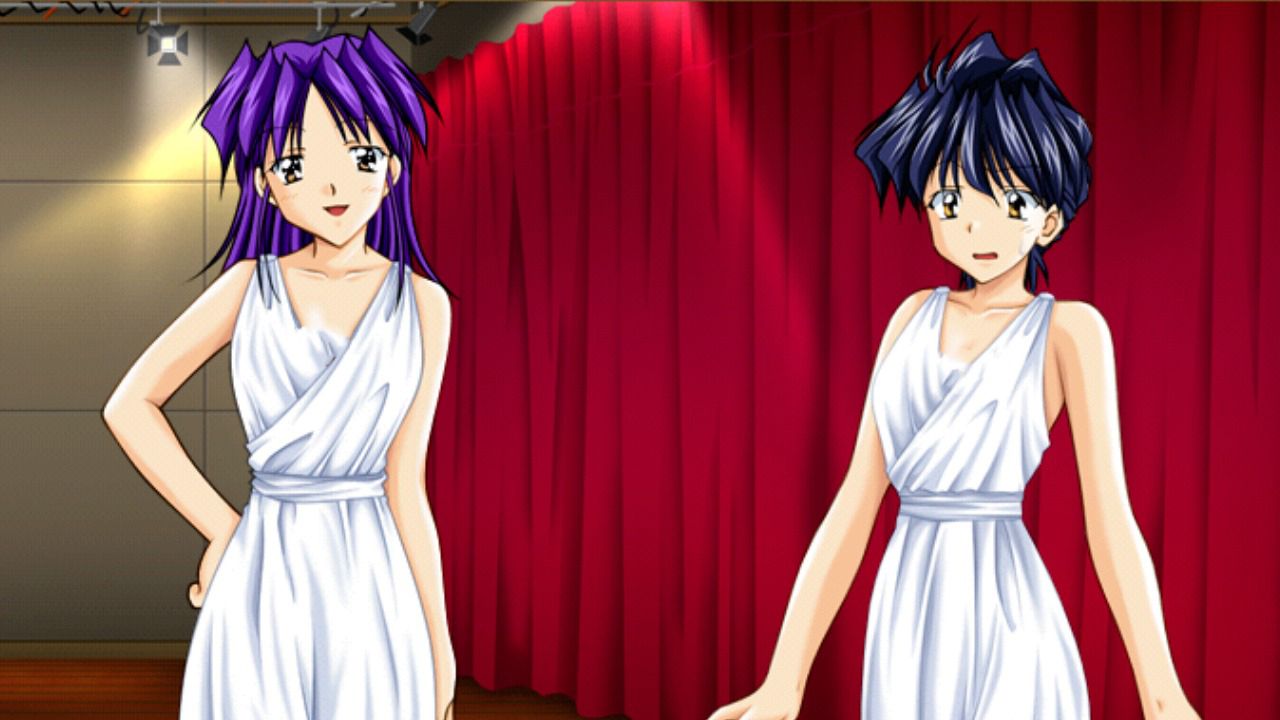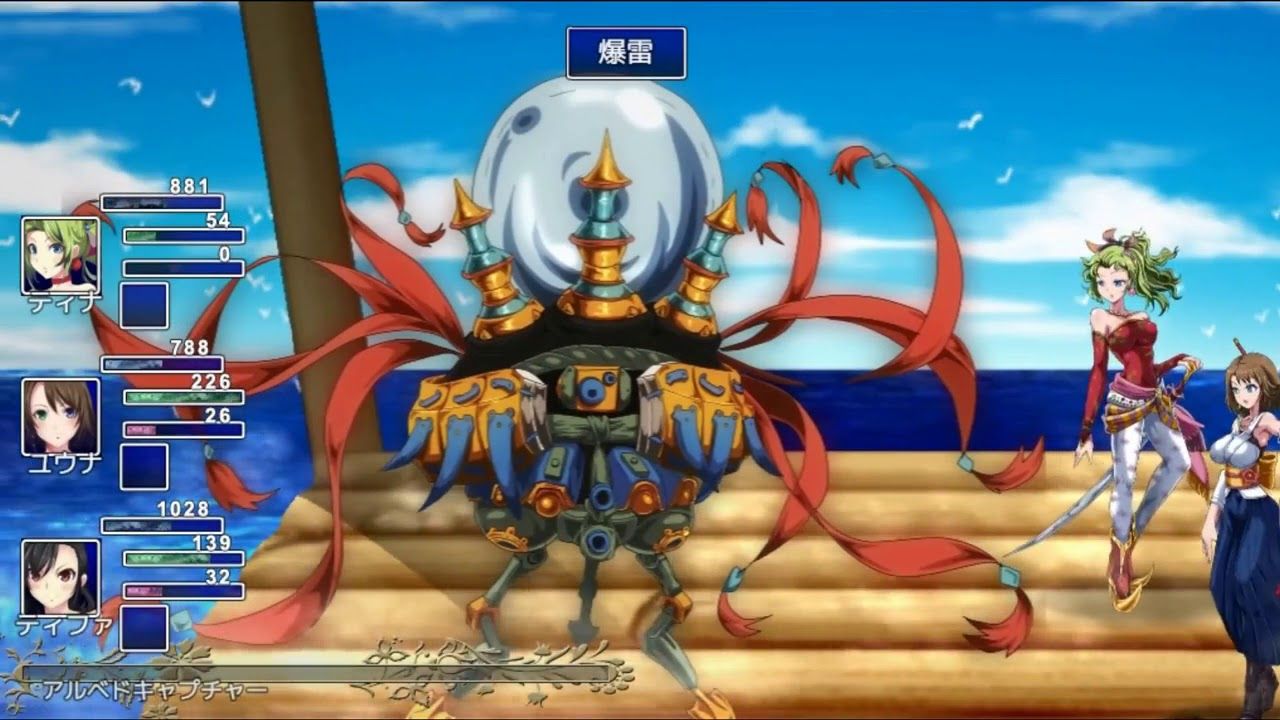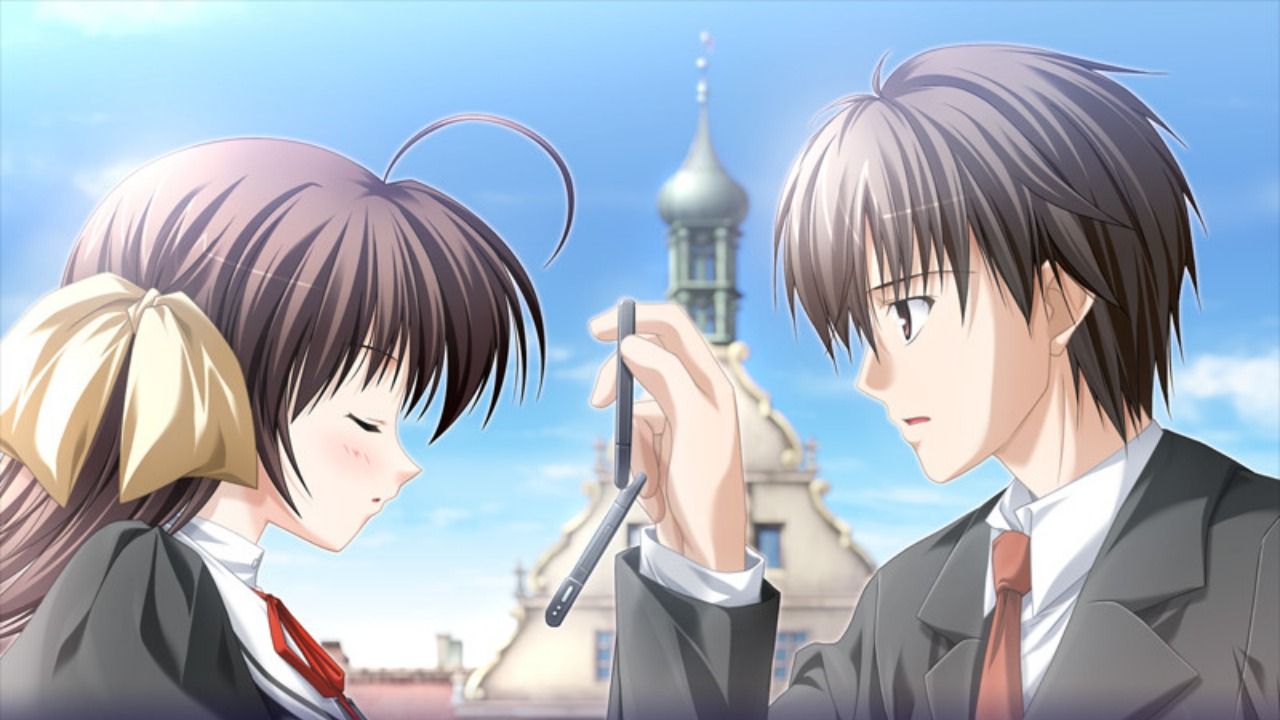During the '90s, concerned citizens and news outlets turned their attention to video games. Who would protect children from the Mortal Kombats and Night Traps of the world? Obviously, the responsibility of monitoring the impressionable youth could not possibly fall on the parents' shoulders; as a result, the Entertainment Software Rating Board rose up to carry the burden. Prior to the ESRB's foundation in 1994, Nintendo and Sega employed their own rating system, but the companies' conflicting views on what constituted acceptable content led to the formation of a more impartial body.
A non-profit self-regulatory organization, the ESRB is a necessary thing that helped ease some of the scrutiny leveled at the industry. While submitting a project is voluntary, console publishers only accept titles which have gone through the process. Divided into five age-based ratings, the ESRB examines varies unique elements before assigning a score. Strong language, simulated gambling, and depictions of excess tend to be among the most commonly cited justifications for an M rating, but various factors are taken into consideration.
Over the years, only 27 games have been rewarded an AO rating. Sought out by certain studios as a badge of honor, such a score substantially diminishes a project's commercial potential. Offline and many online outlets refuse to sell AO games, while console manufacturers simply do not publish them.
Admittedly, that seems a tad excessive. How bad could they possibly be? Here are some crazy AO video games the ESRB banned!
19 Manhunt 2
As the ESRB is a North American body, there have been instances when a game's rating varied between the PAL and NTSC versions. Arguably, Manhunt 2 ranks as the most infamous case of an AO rating effectively banning a major title from being sold. Fueled by Jack Thompson's crusade to ban excessive games, Manhunt 2 was the subject of a lawsuit and, eventually, the content was toned down to diminish the rating to an M. Take-Two's stealth action game did not fare much better across the Pacific, as the BBFC initially refused to even rate it.
18 Hatred
Speaking about obvious marketing ploys, Hatred is a lousy isometric shooter that only gained any attention due to its controversial content. While not the worst game to be published on Steam, a statement rendered mute due to Steam Greenlight, Destructive Creations saw Hotline Miami and figured such a premise would work far better without any subtlety or satire. The villainous playable character yearns to reduce the Earth's population by a town's worth of people and sets out to accomplish such a disgusting task. Pushing past the endless scenes of mayhem, Hatred says nothing — controversy for controversy's sake is boring.
17 Fahrenheit: Indigo Prophecy
Quantic Dream's second game and the first to truly highlight David Cage's story-driven approach, Fahrenheit: Indigo Prophecy is a cinematic interactive drama and, arguably, remains the company's masterpiece. The paranormal thriller has more than a couple of problems, but a North American and European player would have bought distinctive experiences due to the ESRB awarding an AO rating to Indigo Prophecy's original cut. In order to reduce the score to an M, Quantic Dream published a censored version in the United States. In 2015, the uncensored edition was remastered for the PlayStation 4, but the self-regulatory institute saw fit to reward a M rating. It seems like the ESRB has become desensitized to obscene content.
16 Leisure Suit Larry
Leisure Suit Larry's 2004 adventure serves as another example of a game's rating fluctuating depending on the continent. Apparently, when it comes to riskier projects, PEGI seem to be somewhat more accepting than their ESRB counterparts — although individual countries may disagree with a particular rating. Criticized for banning titles like Manhunt 2, The BBFC has experienced some pushback due to its practices. Released without any changes in Europe, Leisure Suit Larry went back to the editing room before earning a North American release.
15 Riana Rouge
Forged during an era enamored with full motion video cutscenes, Riana Rouge barely qualifies as a game. Well, to be fair, players exhibit about as much control as Quantic Dream's average project. Starring Gillian Bonner as the titular - ahem - Riana, the heroic protagonist abruptly finds herself teleported to an alien world after being flung out of a window by her boss. In this alternate reality, Riana is a powerful warrior and society's only hope against a sinister tyrant! Gameplay pivots around picking a color to change the heroine's mood, but this potentially captivating mechanic is poorly implemented and mostly superfluous to the overall story.
14 Tokimeki Check-in!
Another Peach Princess publication, another AO rating. As a voluntary body, the ESRB is rendered powerless when a property is distributed via a means that lacks any real supervision. A visual novel available only on PC, Tokimeki Check-in! was not designed to be sold in stores, furthermore, dating sims tend to be more readily available on Microsoft Windows than consoles. Tokimeki Check-in! employes its AO rating as a marker of quality. This stamp would have instantly attracted the attention of anyone seeking a more grown-up visual novel. Boasting multiple endings and an array of girls to pursue, Tokimeki Check-in! is a step above Peach Princess' other titles.
13 Grand Theft Auto: San Andreas (Original)
Rockstar loves to court controversy, but the studio crossed the line with Grand Theft Auto: San Andreas. The action-adventure franchise's reputation is built on surprising players and, by extension, media outlets willing to provide free publicity. Regardless of all the many stunts pulled by Rockstar, the publisher would never actually create an AO game. Such a rating is essentially a ban, and Grand Theft Auto is not a small Japanese visual novel aimed at a niche audience. San Andreas' infamous Hot Coffee mini-game proved to be the straw that broke the camel's back, and Rockstar had to remove this segment to appease the ESRB.
12 WET
As someone with literal DAYS clocked into RollerCoaster Tycoon 3, business simulation games can be oddly hard to put down. Who could have predicted such a dull-sounding genre would spawn a seemingly endless amount of fun projects? Also known as Lula, WET shines the spotlight on the entertainment industry, although Hollywood is not the focus. Inaugurated in 1998, WET spawned six sequels and spin-offs, including a virtual Tamagotchi game published by Take-Two Interactive. Proving to be more successful than most AO projects, is Lula any good? No, not really. The graphics are crude but generally not too bad, but the simulation elements are a bit too simplistic.
11 Thrill K
Technically, Paradox Development's 1998 fighter has never seen a release date. Completed but rewarded an AO rating, this PlayStation exclusively was effectively canceled and labeled as "do not resuscitate." A 3D arena fighting game boasting the option to feature four combatants on a single screen - a technical marvel for the time - Thrill K takes place in the below and each character is rather fond of leather. Going to a store and picking this title up might not be an option, but Paradox Development's game was widely available on the open seas. As a fighting game, Thrill K is actually pretty good, but the darker aesthetic and deranged cast made this a straightforward pick for the higher rating.
10 Critical Point
A couple of Western developers have earned the dreaded AO rating, but Asian studios are definitely the stars of the show. In certain cases, the creator could not possibly believe the ESRB would reward anything other than an AO rating. Penned by Mobile Suit Gundam's Kenichi Matsuzaki, Critical Point is a dating sim centering around an officer sent to a military base to investigate a possible sabotage attempt. As far as premises go, Critical Point could do worse, but why was an AO rating selected for it? Well, the base is solely run by women. You do the math.
9 Water Closet: The Forbidden Chamber
Burn the name Peach Princess into your memory, as they will appear frequently throughout this article. The proud publishers of five AO-rated games, this company had to simply be trolling the ESRB. Water Closet: The Forbidden Chamber is a grown-up game with static images depicting the very worst humanity has to offer. Nowadays, these type of projects are a dime-a-dozen, but 2001 was an entirely different age. RPG Maker was only starting to catch on, so studios like Peach Princess existed to provide a more adult experience. In such a climate, an AO rating would have been seen as a form of advertisement.
8 Snow Drop
Created by Sweet Basil and published by Peach Princess, Snow Drop takes place in a ski lodge and stars a generally youngish cast. Boasting some nice artwork and visually pleasant character designs, Snow Drop is far less soul-crushing than Water Closet: The Forbidden Chamber. Barely lasting an hour, the campaign covers a five-day trip and presents the protagonist with multiple potential companions. Thankfully, the content and imagery are quite tame, although Snow Drop was invariably destined to land an AO rating. Visual novels have evolved considerably since the early 2000s, and the same can be said for grown-up titles. Snow Drop is merely a drop in the ocean.
7 Eden* Plus+Mosaic
It bears mentioning the eden* listed on Steam received an M rating, but MangaGamer published an 18+ patch on its release date. Obviously, this version is the one deemed to be solely for adults. A romance visual novel set during the end of the world, the base game takes audiences on an emotional journey and centers around a likable central couple. MangaGamer and Minori are both reputable companies, and eden* can be downright superb. Littered with depictions of grown-up material, the age-restriction was unquestionably merited. Eden* Plus+Mosaic ramps up, and further explores the couple's relationship, but the changes are not too substantial.
6 X-Change
Copying a page from Ranma 1/2's book, X-Change's protagonist spills a liquid on himself and gender swaps. Developed by Crowd, who are generally among the better studios for this sort of game, X-Change boasts a reasonably sized cast of colorful characters and various choices that alter the campaign's ending. Will Takuya Aihara live the rest of his life as a woman? Maybe, maybe not! Originally released in Japan during the '90s, Peach Princess brought the game over to North America in 2001. Regardless of its age, X-Change's art has stood the test of time, although the genre's stagnation deserves more credit than anything accomplished by the game.
5 Crystal Fantasy
Oddly, this title practically has no digital footprint.
If information on the publisher's Cyber Photographer was scarce, then Crystal Fantasy is the unicorn of AO games. Rated by the ESRB and listed on Giant Bomb's website, there is some evidence suggesting this project does exist, but Crystal Fantasy has been lost to time. Weirdly enough, there seems to be a copy saved within the Library of Congress. Until proven otherwise, we are just going to assume that disc is the only one in existence.
4 Ef – A Fairy Tale Of The Two
Minori's two-part Japanese visual novel was originally published on the PlayStation 2 and garnered a positive reception in Japan, but the English translation combining the two games earned an AO rating. As a result, Ef: A Fairy Tale of the Two has never been sold in the United States, although determined fans could just import the European version. Among a couple of other qualities, the ESRB cited blood, strong language, and excessive stuff as influencing their decision. Genuinely well made and boasting a huge amount of CG art, Ef: A Fairy Tale of the Two is not the most startling visual novel to ever grace the market, but it was still more than enough to ruffle the ESRB's feathers.
3 Lula 3D
The sixth adventure starring WET's unconventional protagonist, Lula 3D stretched the premise to an extra dimension. Coincidently, Lula 3D happens to be nothing short of terrible. Even by the relatively low standards set by AO games, Lula 3D fails to impress. Published in 2005, the graphics are comfortably the project's best quality, but they are marred by more technical difficulties than an average Ubisoft property. Going against the content and tone promised by this type of game, critics bashed Lula 3D's juvenile humor and nightmarish physics. In this case, North America did not miss out on much.
2 Peak Entertainment Casinos
As highlighted by our article, ESRB's AO line-up chiefly consists of grown-up games packed with too much intensity or too little clothes. While these justifications tend to be the most commonly cited, studios might find themselves red-taped out of existence due to a myriad of other factors. Listed alongside WET and Water Closet: The Forbidden Chamber, Peak Entertainment Casinos stands out like a sore thumb. As long as players cannot wager any real money, simulated gambling can be part of any game, but Peak Entertainment Casinos' lifelike presentation and realistic techniques were deemed deserving of an AO score.
1 Cyber Photographer
Cyber Photographer was published by a company called MacDaddy Entertainment. Geez, what genre of games could they possibly have specialized in? Sadly, the internet seems to be lacking much in the way of information concerning Cyber Photographer; however, there is a single copy listed on eBay. Going by the box's description, Cyber Photographer boils down to a photo session starring various models. Once produced, the photos can be used to create calendars, greetings cards, and other nifty pieces. As this is a PC game, we are assuming these creations can actually be printed and mounted on a wall for prosperity.

